Sylvania LED modules
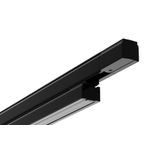

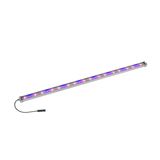
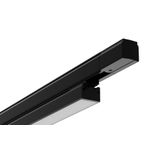
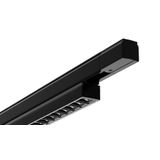
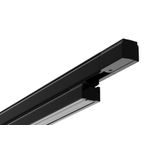
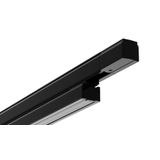
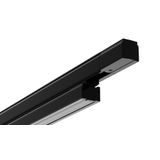
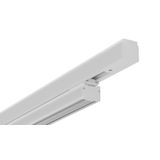


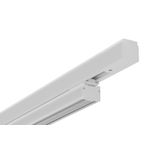
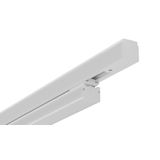

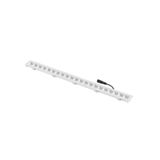
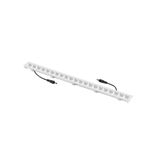
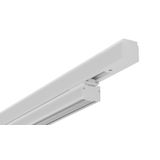
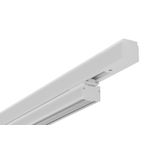
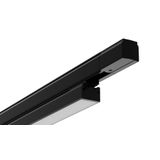
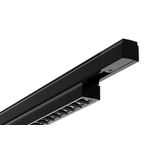
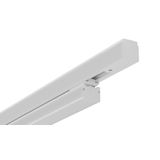
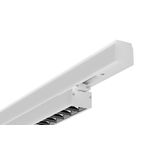
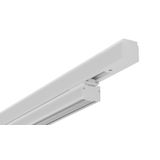

sylvania led modules for professional projects
Sylvania’s boards and arrays are built to make commissioning predictable: clear I–V windows, tidy connectors, and thermal paths that survive enclosed ceilings. Typical figures: 220–240 V AC at the driver with SELV outputs to the modules, efficacy 130–180 lm/W (optic dependent), CRI 80 as standard with CRI 90/95 options, CCT 2700–6500 K (≤3 SDCM), LM-80/TM-21 backed lifetimes to L80/B10 50,000–100,000 h. For repeatable room bundles, teams standardise on sylvania led modules so optics, drivers, and brackets stay consistent across floors.
sylvania lighting modules range and formats
Linear MCPCBs in 280/560/1120 mm lengths, square boards for panels, round COB footprints, and edge-lit plates cover most fixtures. Connectors are push-in for 0.5…1.5 mm²; pads accept flying leads where heat spacing is tight. Zhaga references keep hole patterns familiar. When drawings specify sylvania lighting modules, installers can reuse cut-outs and heat sinks without inventing adapter plates.
sylvania linear led modules optics and mechanics
Opal and micro-prism covers hit office UGR targets; narrow batten lenses lift vertical lux on shelving; wall-wash asymmetrics support retail. Aluminium profiles act as heat spreaders; thermal pads keep interface resistance low. In corridors and classrooms, planners tag sylvania linear led modules to hold beam families and spacing while swapping drivers or dimming strategy later.
sylvania high power led modules thermal and drive design
High-density arrays run 350–1400 mA channels with Vf sets sized for efficient drivers; Tj margins assume aluminium cores and forced conduction into the body. Ripple on low scenes stays within workspace guidance when paired with quality gear. For tall spaces and punchy beams, engineers select sylvania high power led modules where centre-beam intensity matters more than sheer board area.
sylvania modular led lighting control and interfaces
DALI-2 scenes, 1–10 V, and PWM are supported via matched controlgear; emergency currents are declared so flux in battery mode is predictable. Daylight/occupancy inputs feed group logic without hunting. On mixed estates, facilities document sylvania modular led lighting so addressed lines, broadcast corridors, and legacy 1–10 V live on the same plan without one-off gateways.
sylvania led light engines selection and compatibility
Drivers publish inrush and surge data; modules declare maximum current, thermal resistance, and SELV limits. Match CCT/CRI across adjacent zones and keep ≤3-step SDCM between phases. Emergency kits should land upstream of the engine with correct current limits. Procurement lists sylvania led light engines by lumen class, CCT/CRI, drive current, and connector family to stabilise spares.
sylvania industrial led modules environments and sealing
IP20 boards live under diffusers; sealed variants sit in IP65/IP66 trays with closed-cell gaskets, stainless fixings, and coated optics. Operating windows typically −25…+50 °C with derates above 35–40 °C published per SKU. Logistics corridors, car parks, and plant rooms rely on sylvania industrial led modules when chemicals, wash-downs, or vibration are in scope.
Technical specifications and standards
- Electrical: SELV constant-current (100–700 mA typical) or constant-voltage rails; drivers to EN 61347-2-13; surge 2–4 kV L-N indoors.
- Photometric: CRI 80/90/95; CCT 2700/3000/3500/4000/6500 K; ≤3 SDCM; TM-30 data available on request.
- Thermal/mechanical: MCPCB aluminium cores, thermal pads, specified Tj limits; connectors 0.5…1.5 mm².
- Compliance: EN 62031 LED modules, EN 60598 luminaire integration, EN 62471 photobiological, EN 55015/EN 61000-3-2 EMC.
- Controls: DALI-2 (EN 62386 parts), 1–10 V (EN 60929), PWM; emergency per EN 60598-2-22.
Applications and compatibility
Education/offices: UGR-controlled optics, 300–500 lx with daylight harvesting. Retail: high-CRI accents and wall-washers. Housing/healthcare: sealed faces, quiet low-level dimming. Industrial: batten lenses for aisles, coated hardware for ammonia/salts. Always confirm heat sink planarity, paste thickness, and driver current before release.
Integration with other Sylvania products
Pair modules with Sylvania drivers, panels, battens, and automatics so scenes, emergency tests, and energy logs ride the same DALI-2 backbone. Keep CCT/CRI consistent with adjacent Sylvania pendants and downlights to avoid colour seams between zones.
Selection criteria for B2B clients
- Fix optic and target lux/uniformity, then choose lumen class and current.
- Confirm thermal path (profile, pad, torque) to hold Tj under worst-case ambient.
- Lock interface (DALI-2/1–10 V/PWM) and emergency current.
- Validate connector family, wire gauge, and SELV segregation; plan strain-relief
- Standardise CCT/CRI and SDCM across phases; record inrush/surge for feeder design.
Advantages of working with Bankoflamps
We align pricing to room bundles and expose live EU stock before ceilings open. Quotes land in about an hour with EAN/MPN so variants stay fixed. Your portal shows lead times, shipment status, and downloadable price lists with planning-grade validity windows. Approved clients can use post-payment up to 30 days. We consolidate partials to cut freight, and your account manager cross-checks driver interface, current window, thermal stack, optic family, emergency method, and connector sets against your drawings so cartons arrive site-ready across France, the Baltics, Germany, Spain, Italy, Belgium, and the Netherlands.